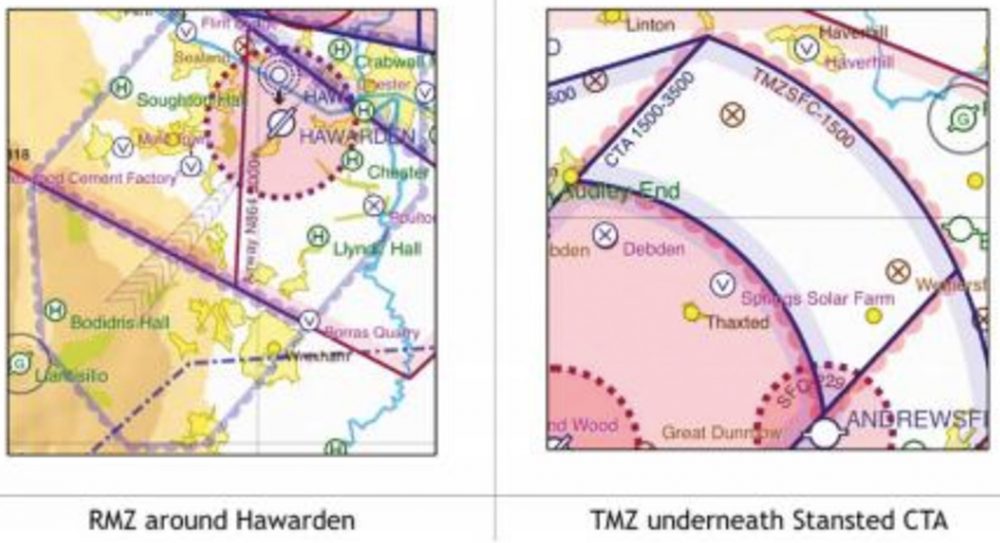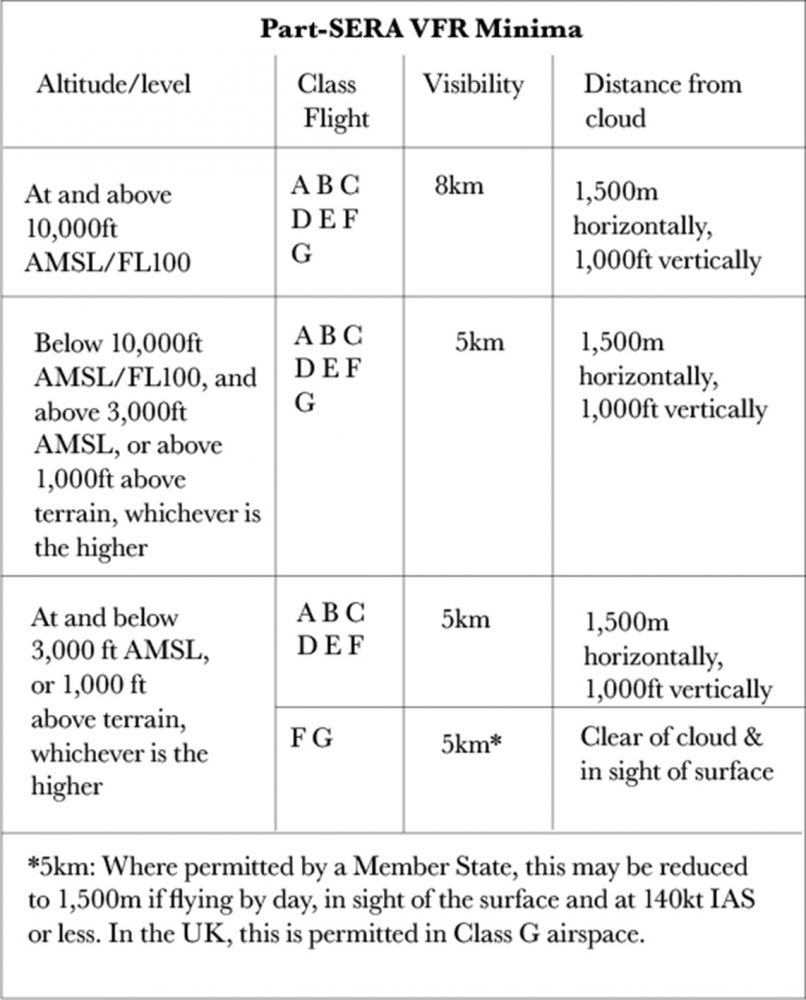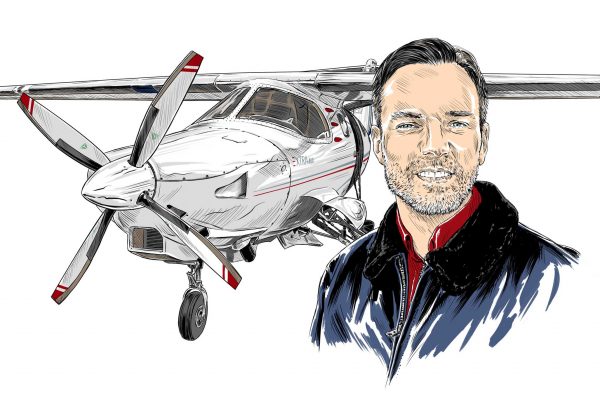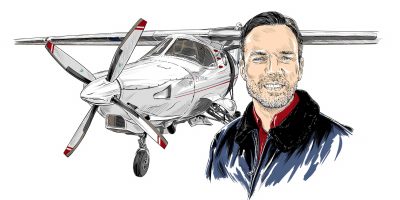For those who follow the regular stream of ‘airspace change proposals’ (ACPs) made to the CAA, the recent final submission to expand the airspace surrounding RAF Brize Norton may have raised an eyebrow a little higher than normal. In addition to the existing CTR being expanded, Brize is proposing to add 10 individual fillets of controlled airspace around it. Oxford Airport is also asking for an adjacent transponder mandatory zone (TMZ).
Whether the CAA will bless this complex proposal or not, it does raise some interesting points worth touching on, such as the proposed use of what Brize describes as ‘Class E+’ airspace. Class E is not common in the UK, although it is found extensively in Europe and the USA. The main feature of Class E is that it is only controlled airspace for IFR flights, for VFR there is no requirement for an ATC clearance. The idea being that ATC will provide an air traffic service and separation for IFR flights, but VFR can carry on autonomously.
The catch for VFR flight in Class E is that when at or below 3,000ft AMSL the visibility and cloud clearance requirements are greater than that in Class G: 5km flight visibility is required as well as 1,500m horizontal and 1,000ft vertical clearance from cloud. At FL100 or above the visibility requirement rises to 8km. If you do not meet these minima you are IFR, which requires an ATC clearance. So even if appropriately qualified, there is no freedom for a bit of tactical IMC like there is flying in Class G.
The term ‘Class E+’ from the Brize proposal is not an ICAO term but refers to the proposed use of Class E airspace combined with a radio mandatory zone (RMZ) and/or transponder mandatory zone (TMZ). The logic seems to be that Class E alone is not enough to address the perceived risk of IFR – VFR conflict and therefore a mechanism is required to ensure that aircraft are either visible on secondary radar or announce their presence on the designated frequency. The proposal at Brize is that aircraft could comply with either the TMZ or RMZ requirement.
The use of Class E with a TMZ is not new – the airspace around Farnborough Airport that went live in February uses two such areas.
A TMZ can also be designated as a standalone requirement – such as at either end of the Stansted CTR. In the UK TMZs by default require a mode S transponder to enter. Aircraft without mode S or no transponder at all must seek approval from the relevant air traffic unit before entering.
In the case of RMZs, Part-SERA specifies that aircraft must establish and maintain two-way communication on the relevant frequency and that prior to entering a radio mandatory zone, an initial call with the call sign, type, position, level, and intentions, shall be made.
The wording of the regulation for RMZs sometimes causes debate – on a busy frequency it may be difficult to get a call in and if met with a ‘standby’ reply, the two-way communication requirement may not have been met. In the Brize context there is probably an assumption that most aircraft would comply with the TMZ element, otherwise congestion on the frequency might become unmanageable. However, mode S carriage is by no means universal – most certified powered aircraft are equipped, but it is still potentially problematic and expensive for other GA aircraft.
More than 10 years on from the first mode S requirements entering force and with lower cost ‘ADS-B out’ devices now a reality, it is frustrating that airspace regulations still only recognise the more expensive mode S and TMZ as the mechanism for applying a form of electronic conspicuity. Moving beyond this situation might alleviate a lot of airspace complexity, both existing and proposed.
For more information
caa.co.uk/skywaycode






